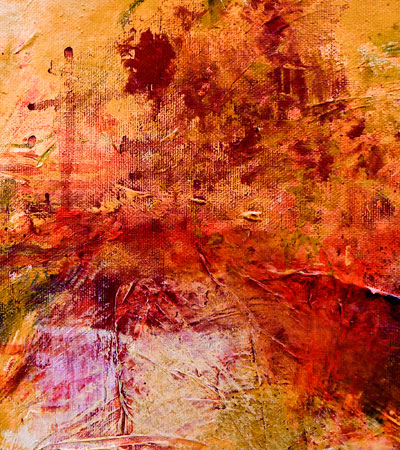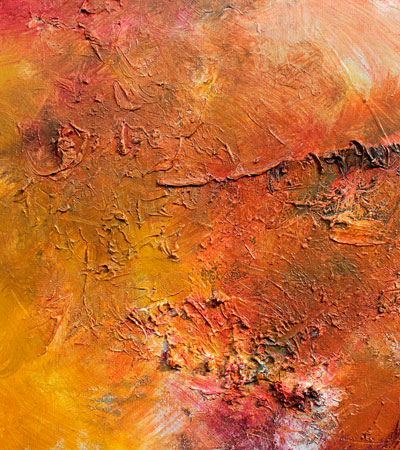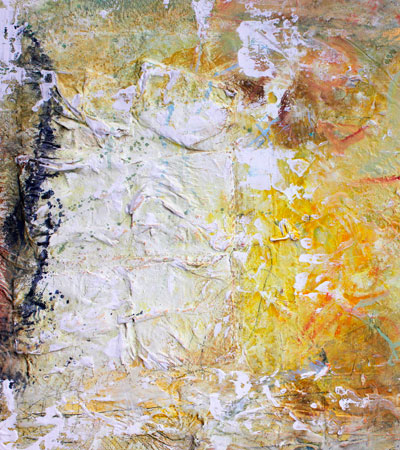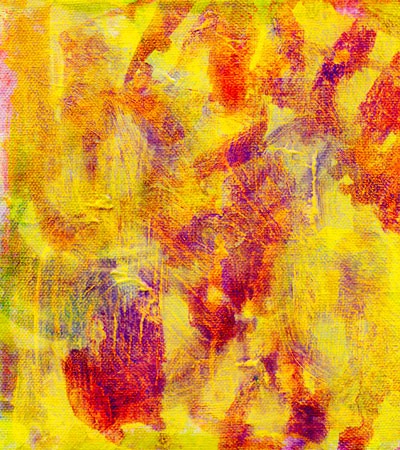 Critics gone into exaltations trying to describe Arnie, "not Arnold," Palmer's paintings, calling them "drippy," "gooey," and even "masticated." They hang in institutions as hallowed as the Met, the MOMAs on both coasts, and the Guggenheim, and the most prestigious galleries in New York and London. Arnie is also a graduate of the Roux Academy and he was generous enough to sit down with us and talk about his formative years as a student on the North campus, as well as life in the outside world. "To be honest, I never expected this kind of success. Part of me longs to go back to those days, sharing a studio, working in obscurity, but with friends."
Critics gone into exaltations trying to describe Arnie, "not Arnold," Palmer's paintings, calling them "drippy," "gooey," and even "masticated." They hang in institutions as hallowed as the Met, the MOMAs on both coasts, and the Guggenheim, and the most prestigious galleries in New York and London. Arnie is also a graduate of the Roux Academy and he was generous enough to sit down with us and talk about his formative years as a student on the North campus, as well as life in the outside world. "To be honest, I never expected this kind of success. Part of me longs to go back to those days, sharing a studio, working in obscurity, but with friends."
"Being an artist these days, people tend to latch onto you. It's a cult of personality." He laughs. "Maybe it's the hair."
Palmer is quite the icon. I saw him most recently in the last Sunday Times, exiting the annual Costume Institute Gala Met Ball with a pretty girl on his arm and that effervescent, Polidenture smile on his face. He's the kind of celebrity unique to New York: an artist, an intellectual, a painter of all things. And unlike say Warhol or Pollock or Basquiat, artists we consider endemic to New York, he doesn't seem the least bit gritty, damaged, or addled. Maybe he's from a different time. The era of the new Times Square, with its squeaky clean streets and Good Morning, America crowd. Or maybe he's just an artist with a more solid constitution.
Not that a lack of demons has affected his art. His paintings have both liquidity and punch, kind of like being knocked down and tumbled over by a powerful wave. Trying to hang onto the conviction that you're an adult now, you're not going to drown. At worst you'll emerge with some scrapes and spitting salty water. Yeah, that kind of a punch.
His work has been called "explosive," "timely," and, memorably, "Prozac-ian."



